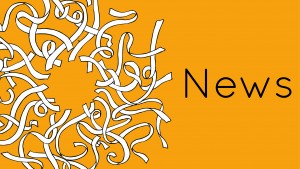 Researchers from Purdue and Harvard universities have been able to create a new ‘4-D’ transistor shaped like a Christmas tree, which contains three tiny nano-wires made not of silicon like traditional transistors, but from a material called indium-gallium-arsenide. The three nano-wires are progressively smaller, yielding a tapered cross section resembling a Christmas tree.
Researchers from Purdue and Harvard universities have been able to create a new ‘4-D’ transistor shaped like a Christmas tree, which contains three tiny nano-wires made not of silicon like traditional transistors, but from a material called indium-gallium-arsenide. The three nano-wires are progressively smaller, yielding a tapered cross section resembling a Christmas tree.
Previously, the scientists had created a 3-D structure to improve upon conventional flat transistors and build faster, more compact, efficient integrated circuits and lighter laptops that generate less heat than today’s. However, research shows that device performance can be made better by linking transistors vertically. Stacking transistors in this way results in increased current and much faster operation for high-speed computing, which adds a whole new dimension, called 4-D.
In transistors, there are key components called gates, which enable the devices to switch on and off and to direct the flow of electrical current. Smaller gates make faster operation possible. In today’s 3-D silicon transistors, the length of these gates is about 22 nanometers but scientists are working on reducing this even further. Unfortunately, gates in silicon cannot be reduced to less than 10 nanometres and there are other drawbacks such as limited “electron mobility” (how fast electrons flow); this means that new materials will be needed to continue progress.
Indium-gallium-arsenide is among several promising semiconductors being studied to replace silicon. Such semiconductors are called III-V materials because they combine elements from the third and fifth groups of the periodic table.
![Christmas Tree Transistor Could Improve the Operation of Future Computers Researchers from Purdue and Harvard universities have been able to create a new ‘4-D’ transistor shaped like a Christmas tree, which contains three tiny nano-wires […]](/wp-content/uploads/2011/10/News-image-01-620x300.jpg)